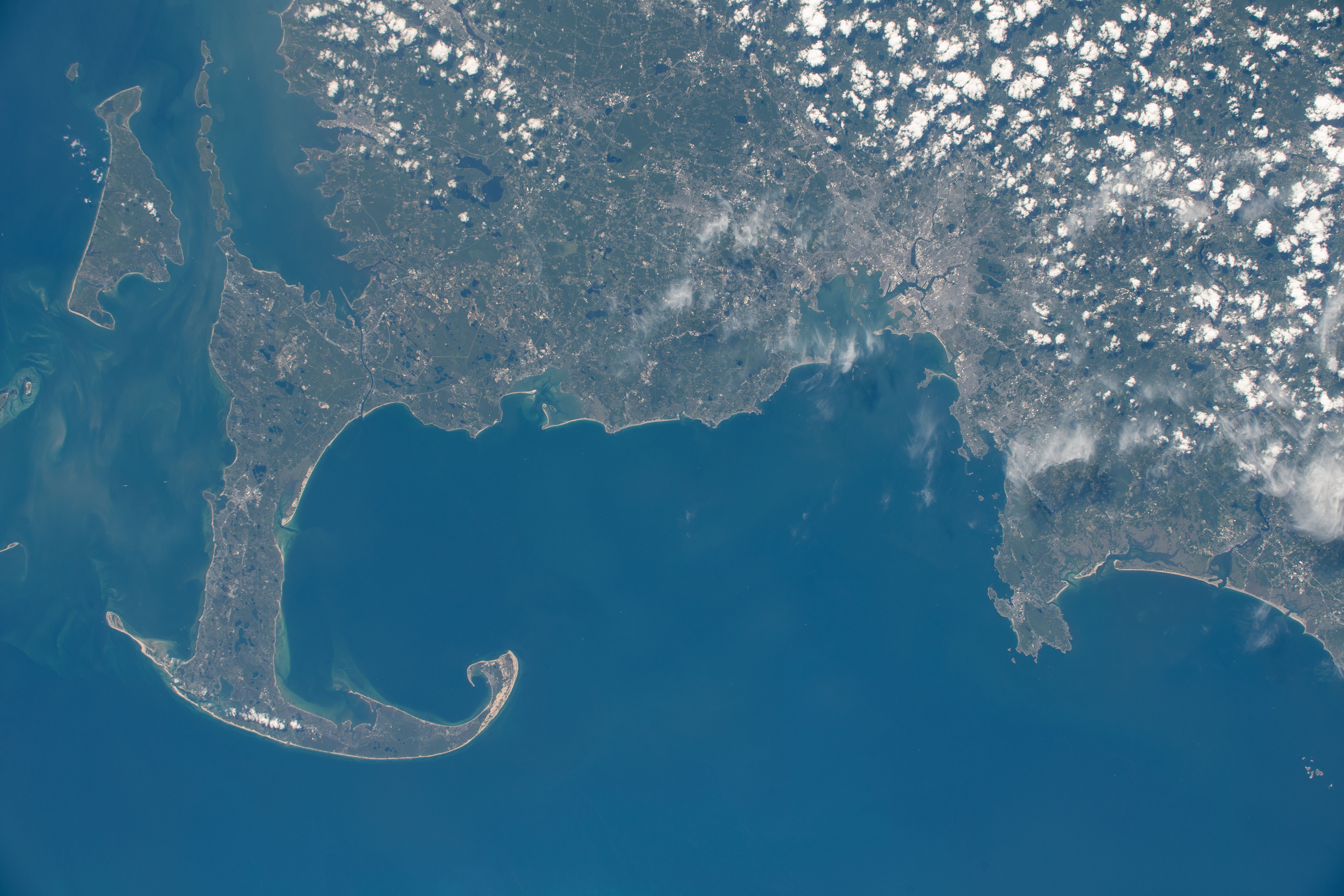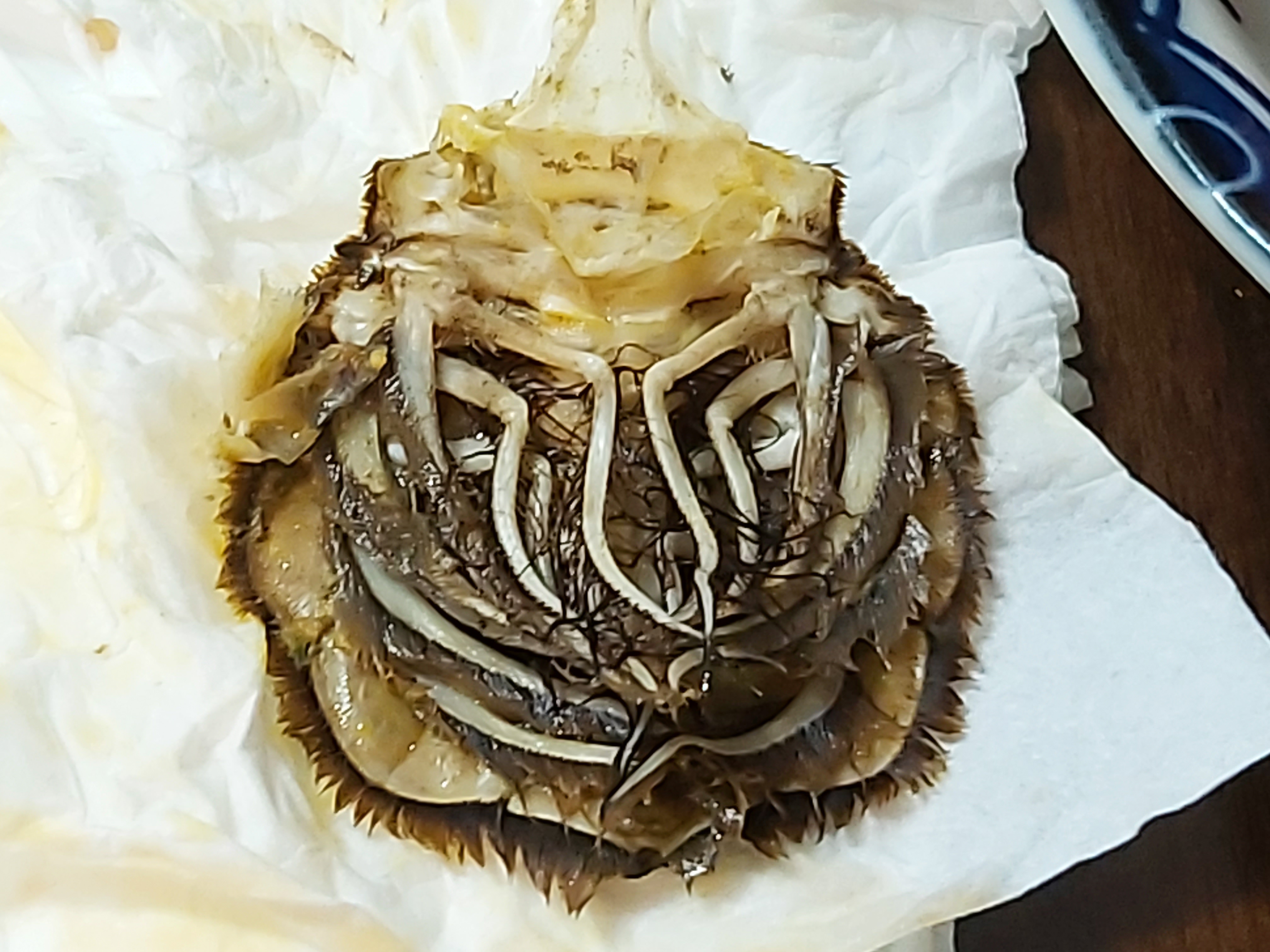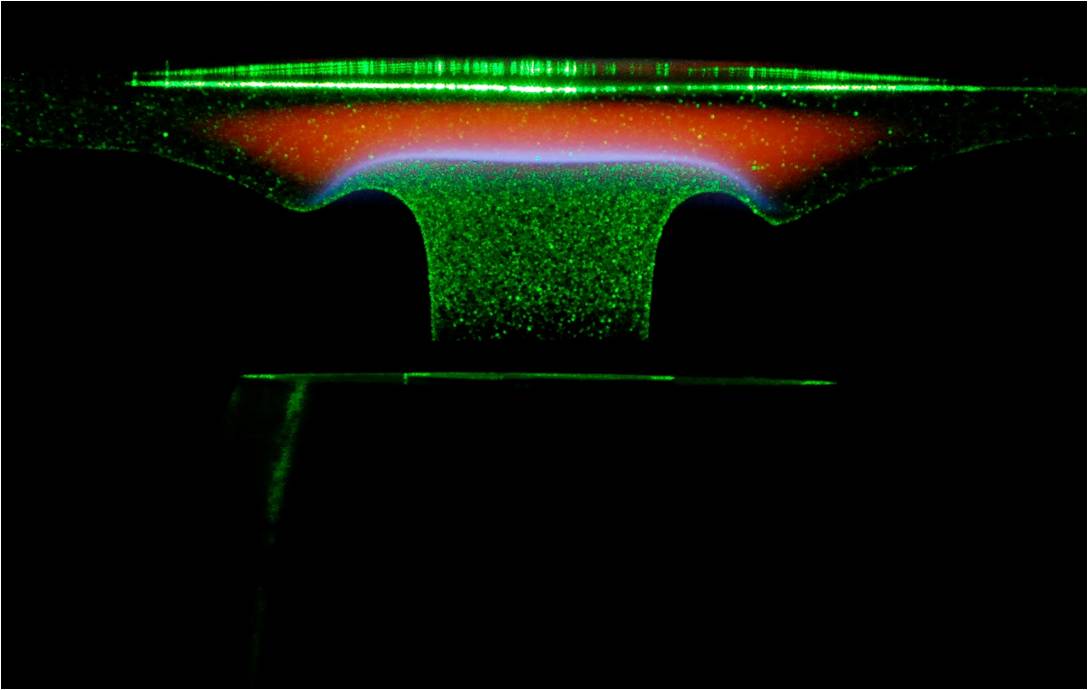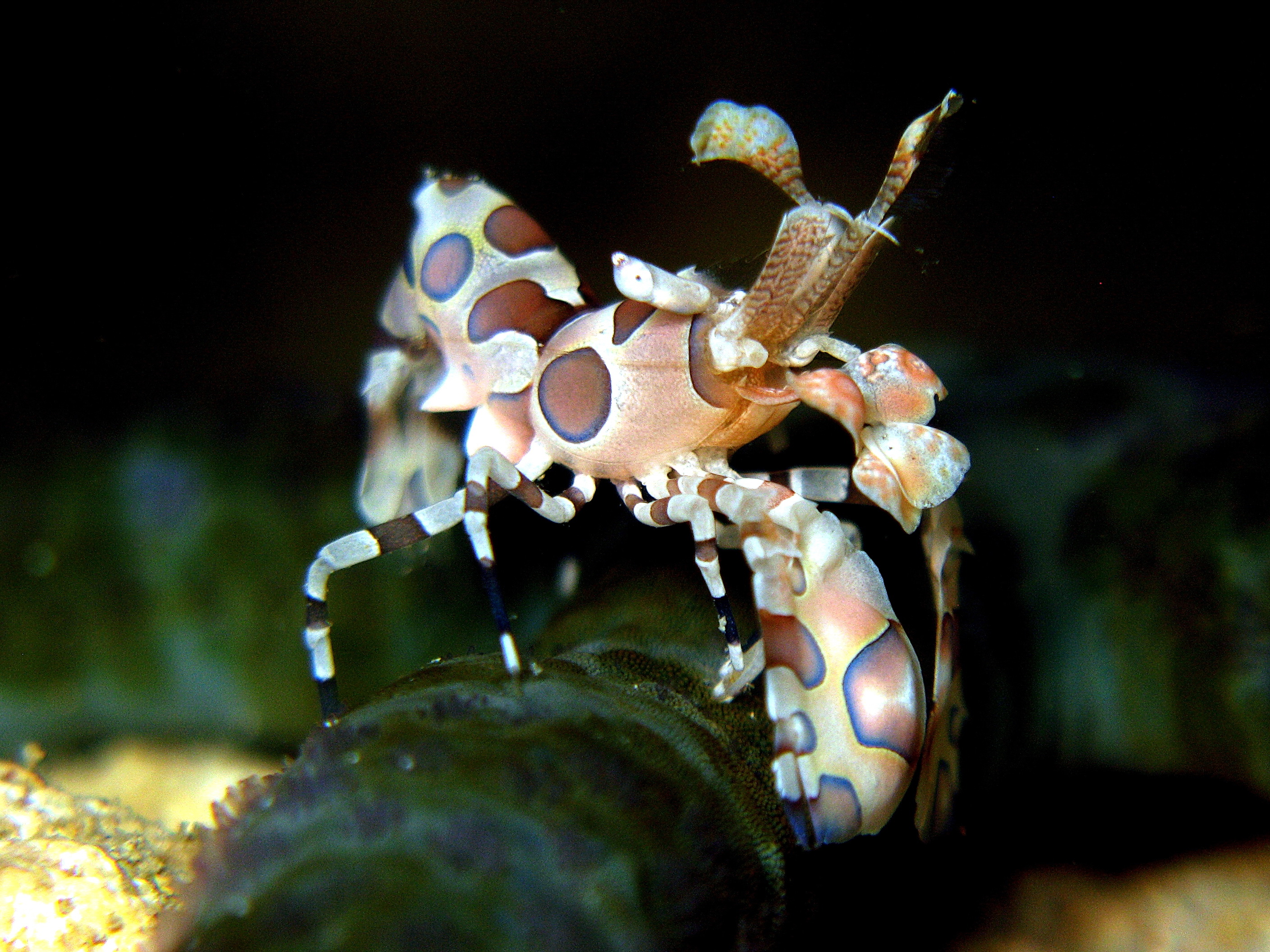|
Palaemon Vulgaris
''Palaemon vulgaris'', variously known as the common American prawn, common grass shrimp, marsh grass shrimp or marsh shrimp, is a common species of shrimp in the western Atlantic Ocean from Cape Cod Bay to the Gulf of Mexico. Adults grow to less than long, and are transparent except for some orange pigmentation on the eyestalks. Hydrodynamics Marsh grass shrimp have been investigated for their maneuverability and swimming. These shrimp swim metachronally, creating an appendage wave, starting with the pleopod closest to the tail, beating all of their appendages with a phase lag. They also modulate the profile area of their appendages to create net thrust. Through Particle Image Velocimetry Particle image velocimetry (PIV) is an optical method of flow visualization used in education and research. It is used to obtain instantaneous velocity measurements and related properties in fluids. The fluid is seeded with tracer particles whic ...two drag-reducing mechanismshave been ... [...More Info...] [...Related Items...] OR: [Wikipedia] [Google] [Baidu] |
Thomas Say
Thomas Say (June 27, 1787 – October 10, 1834) was an American entomologist, conchologist, and Herpetology, herpetologist. His studies of insects and shells, numerous contributions to scientific journals, and scientific expeditions to Florida, Georgia, the Rocky Mountains, Mexico, and elsewhere made him an internationally known naturalist. Say has been called the father of American descriptive entomology and American conchology. He served as librarian for the Academy of Natural Sciences of Philadelphia, curator at the American Philosophical Society (elected in 1817), and professor of natural history at the University of Pennsylvania. Early life and education Born in Philadelphia into a prominent Religious Society of Friends, Quaker family, Thomas Say was the great-grandson of John Bartram, and the great-nephew of William Bartram. His father, Dr. Benjamin Say, was brother-in-law to another Bartram son, Moses Bartram. The Say family had a house, "The Cliffs" at Gray's Ferry Bridge, ... [...More Info...] [...Related Items...] OR: [Wikipedia] [Google] [Baidu] |
Caridea
The Caridea, commonly known as caridean shrimp or true shrimp, from the Greek word καρίς, καρίδος (karís, karídos, “shrimp”), are an infraorder of shrimp within the order Decapoda. This infraorder contains all species of true shrimp. They are found widely around the world in both fresh water, fresh and seawater, salt water. Many other animals with similar names – such as the mud shrimp of Axiidea and the boxer shrimp of Stenopodidea – are not true shrimp, but many have evolved features similar to true shrimp. Biology Carideans are found in every kind of aquatic habitat, with the majority of species being marine. Around a quarter of the described species are found in fresh water, however, including almost all the members of the species-rich family Atyidae and the Palaemonidae subfamily Palaemoninae. They include several commercially important species, such as ''Macrobrachium rosenbergii'', and are found on every continent except Antarctica. The marine species ... [...More Info...] [...Related Items...] OR: [Wikipedia] [Google] [Baidu] |
Cape Cod Bay
Cape Cod Bay is a large bay of the Atlantic Ocean adjacent to the U.S. state of Massachusetts. Measuring below a line drawn from Brant Rock in Marshfield to Race Point in Provincetown, Massachusetts, it is enclosed by Cape Cod to the south and east, and Plymouth County, Massachusetts, to the west. To the north of Cape Cod Bay lie Massachusetts Bay and the Atlantic Ocean. Cape Cod Bay is the southernmost extremity of the Gulf of Maine. Cape Cod Bay is one of the bays adjacent to Massachusetts that give it the name Bay State. The others are Narragansett Bay, Buzzards Bay, and Massachusetts Bay. History In 1524, Italian navigator Giovanni da Verrazzano was the first European to discover Cape Cod Bay, his claim proved by a map of 1529 which clearly outlined Cape Cod. In 1620, the Pilgrims first sheltered in Provincetown Harbor where they signed the Mayflower Compact, the first democratic document signed in the New World. Geology Most of Cape Cod is composed of glacially ... [...More Info...] [...Related Items...] OR: [Wikipedia] [Google] [Baidu] |
Gulf Of Mexico
The Gulf of Mexico () is an oceanic basin and a marginal sea of the Atlantic Ocean, mostly surrounded by the North American continent. It is bounded on the northeast, north, and northwest by the Gulf Coast of the United States; on the southwest and south by the Mexican states of Tamaulipas, Veracruz, Tabasco, Campeche, Yucatán, and Quintana Roo; and on the southeast by Cuba. The coastal areas along the Southern U.S. states of Texas, Louisiana, Mississippi, Alabama, and Florida, which border the Gulf on the north, are occasionally referred to as the "Third Coast" of the United States (in addition to its Atlantic and Pacific coasts), but more often as "the Gulf Coast". The Gulf of Mexico took shape about 300 million years ago (mya) as a result of plate tectonics. The Gulf of Mexico basin is roughly oval and is about wide. Its floor consists of sedimentary rocks and recent sediments. It is connected to part of the Atlantic Ocean through the Straits of Florida between the ... [...More Info...] [...Related Items...] OR: [Wikipedia] [Google] [Baidu] |
Invertebrate Biology
The American Microscopical Society (AMS) is a society of biologists dedicated to promoting the use of microscopy. A cohort of biologists and science educators, the AMS's members use a wide array of microscopical techniques including (light microscopy, electron microscopy, fluorescence and confocal microscopes) to further their research and eventually publish their research in its journal ''Invertebrate Biology''. Yearly meetings conducted by the AMS focus on innovation in current microscopy techniques. Workshops conducted by the AMS are focused not only on microscopy techniques themselves, but also on the organisms that current members are studying with these microscopy techniques. History Founded in 1878 as an outgrowth of the first National Microscopical Congress, the first members of the AMS were biologists, medical doctors, and dentists interested in incorporating light microscopy into their clinical work. During this time period, the compound microscope was a new technolo ... [...More Info...] [...Related Items...] OR: [Wikipedia] [Google] [Baidu] |
Transparency And Translucency
In the field of optics, transparency (also called pellucidity or diaphaneity) is the physical property of allowing light to pass through the material without appreciable scattering of light. On a macroscopic scale (one in which the dimensions are much larger than the wavelengths of the photons in question), the photons can be said to follow Snell's law. Translucency (also called translucence or translucidity) is the physical property of allowing light to pass through the material (with or without scattering of light). It allows light to pass through but the light does not necessarily follow Snell's law on the macroscopic scale; the photons may be scattered at either of the two interfaces, or internally, where there is a change in the index of refraction. In other words, a translucent material is made up of components with different indices of refraction. A transparent material is made up of components with a uniform index of refraction. Transparent materials appear clear, with t ... [...More Info...] [...Related Items...] OR: [Wikipedia] [Google] [Baidu] |
University Of South Carolina Press
The University of South Carolina Press is an Academic publishing, academic publisher associated with the University of South Carolina. It was founded in 1944. According to Casey Clabough, the quality of its list of authors and book design became substantially better between the 2000s and 2010s. See also * List of English-language book publishing companies * List of university presses References External links * 1944 establishments in South Carolina Academic publishing companies University of South Carolina University presses of the United States {{SouthCarolina-stub ... [...More Info...] [...Related Items...] OR: [Wikipedia] [Google] [Baidu] |
Metachronal Swimming
A metachronal swimming or metachronal rowing is the swimming technique used by animals with multiple pairs of swimming legs. In this technique, appendages are sequentially stroked in a back-to-front wave moving along the animal’s body. In literature, while metachronal rhythm or metachronal wave usually refer to the movement of cilia; metachronal coordination, metachronal beating, metachronal swimming or metachronal rowing usually refer to the leg movement of arthropods, such as mantis shrimp, copepods, antarctic krill etc. though all of them refer to the similar locomotion pattern. Metachronous indicates something not functioning or occurring synchronously, or occurring or starting at different times. This word is derived from Greek meta- μετά- meaning, occurring later than or in succession to : after, and -chronous -Χρόνος meaning, of (such) a time or period. Swimming legs should coordinate to avoid interference among appendage pairs. To accomplish this challenge, al ... [...More Info...] [...Related Items...] OR: [Wikipedia] [Google] [Baidu] |
Pleopod
The anatomy of a decapod consists of 20 body segments grouped into two main body parts: the cephalothorax and the pleon (abdomen). Each segment – often called a somite – may possess one pair of appendages, although in various groups these may be reduced or missing. Cephalothorax Head # antennules # antennae # mandibles # first maxillae # second maxillae The head also bears the (usually stalked) compound eyes. The distal portion of a mandible or maxilla which has a sensory function is known as a palp. Thorax / pereon #first maxillipeds #second maxillipeds #third maxillipeds #first pereiopods #second pereiopods #third pereiopods #fourth pereiopods #fifth pereiopods Maxillipeds are appendages modified to function as mouthparts. Particularly in the less advanced decapods, these can be very similar to the pereiopods. Pereiopods are primarily walking legs and are also used for gathering food. They are also the ten legs from which decapods take their name. Those pereiopods which ... [...More Info...] [...Related Items...] OR: [Wikipedia] [Google] [Baidu] |
Particle Image Velocimetry
Particle image velocimetry (PIV) is an optical method of flow visualization used in education and research. It is used to obtain instantaneous velocity measurements and related properties in fluids. The fluid is seeded with tracer particles which, for sufficiently small particles, are assumed to faithfully follow the flow dynamics (the degree to which the particles faithfully follow the flow is represented by the Stokes number). The fluid with entrained particles is illuminated so that particles are visible. The motion of the seeding particles is used to calculate speed and direction (the velocity field) of the flow being studied. Other techniques used to measure flows are laser Doppler velocimetry and hot-wire anemometry. The main difference between PIV and those techniques is that PIV produces two-dimensional or even three-dimensional vector fields, while the other techniques measure the velocity at a point. During PIV, the particle concentration is such that it is possibl ... [...More Info...] [...Related Items...] OR: [Wikipedia] [Google] [Baidu] |
Palaemonidae
Palaemonidae is a family of shrimp in the order Decapoda. Many species are carnivores that eat small invertebrates, and can be found in any aquatic habitat except the deep sea. One significant genus is '' Macrobrachium'', which contains commercially fished species. Others inhabit coral reefs, where they associate with certain invertebrates, such as sponges, cnidarians, mollusks, and echinoderms, as cleaner shrimps, parasites, or commensals. They generally feed on detritus, though some are carnivores and hunt tiny animals. The family contains more than 1200 species in 160 genera. The genera were formerly split into two subfamilies, but in 2015, molecular and morphological research determined that the subfamily groupings were invalid. At the same time, the members of the families Gnathophyllidae and Hymenoceridae were incorporated into the Palaemonidae. Genera The following genera are recognised: *'' Actinimenes'' *'' Alburnia'' *'' Allopontonia'' *'' Altopontonia'' *'' ... [...More Info...] [...Related Items...] OR: [Wikipedia] [Google] [Baidu] |





